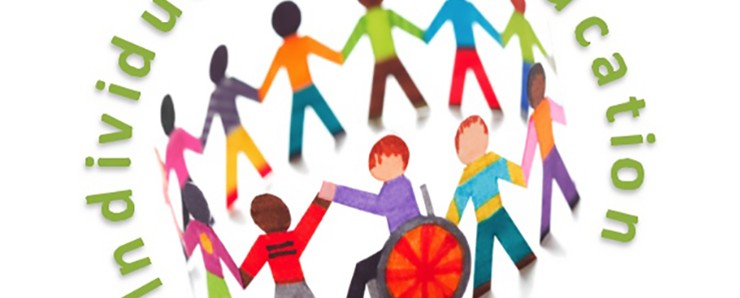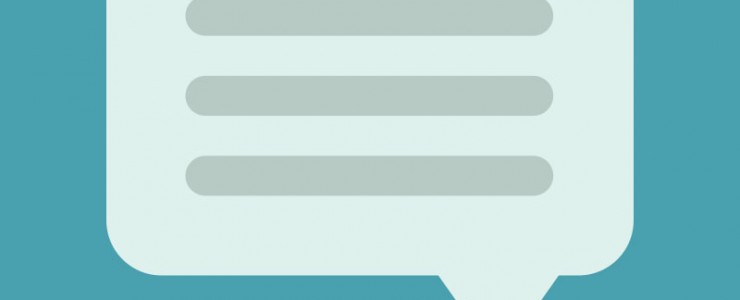Students on the autism spectrum and other disabilities may have barriers to learning that you can help identify through changes in behavior at home. Learn the signs and steps to make sure your child is getting the supports and services needed.
Signs to look for that indicate your child is having trouble learning:
- An escalation of destructive behaviors.
- Suspension from school.
- Extra hours spent helping your child with homework with little or no progress.
- Emotional meltdowns that happen as soon as your child returns home from school.
Document What You See
Any sign that your child is not learning is data that can be gathered to show that your child needs help. The school may say they don’t see these things, but you know your child and what is disrupting his/her ability to learn and participate at school.
Ask for an Evaluation
Evaluations can identify services and accommodations to help your child learn and participate in school. There are many types of evaluations besides an initial evaluation. Here are a few examples of ones to ask for:
- Sensory. Indicators include an increase in challenging behaviors related to the environment (sounds, movement, touch, colors).
- Social Emotional. Indicators include: lack of peer interaction with classmates; lack of understanding social cues; not developing friendships.
- Academic. Indicators include problems with one or more subject areas (math, reading, language arts, etc.)
Evaluations can be requested whenever you see that a disability-related need is not being met or hasn’t had adequate evaluation.
Address Service/Support Needs in the IEP or Section 504 Plan
Based on evaluations and/or your observations, services to ask for may include: speech, language and occupational therapy, physical therapy, counseling services, and transportation.
IDEA AND SECTION 405: CHILD FIND
IDEA has specific regulations regarding time frames, parental participation, and formal paperwork requirements, including an annual IEP that addresses support and service needs. Students who are not eligible under IDEA may still be eligible for services under Section 504, which has broader eligibility criteria.
Section 504, as with IDEA, grants students the right to a Free and Appropriate Public Education (FAPE). A student does not have to go through a “special education” evaluation process before being referred to Section 504. If a student has a disability which impacts their ability to benefit from or access programs or activities in school, an evaluation under Section 504 must take place. Most districts follow IDEA processes to comply with Section 504, but may have separate timelines and procedures.
IDEA and Section 504 both require educational plans to address a student’s support and service needs.
TO REQUEST AN INITIAL EVALUATION
If you would like your child to be evaluated for special education and/or Section 504, clearly state your concerns and request an evaluation in writing to the school psychologist.
ADDITIONAL RESOURCES
PAVE (Partnerships for Action. Voices for Empowerment.)
Parent to Parent (P2P)
Office of the Education Ombuds (OEO)





